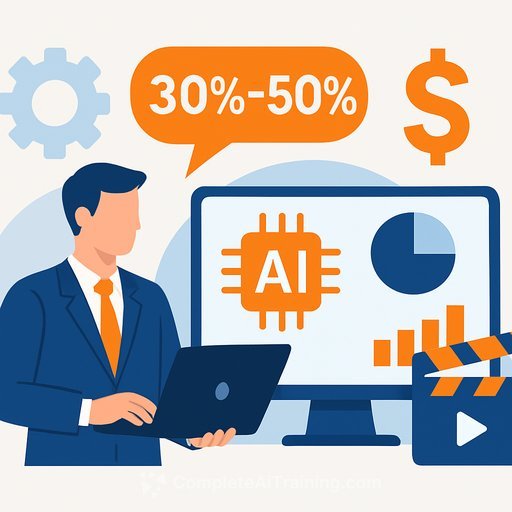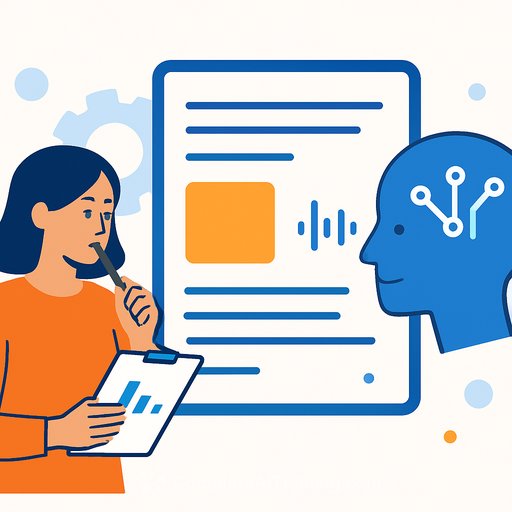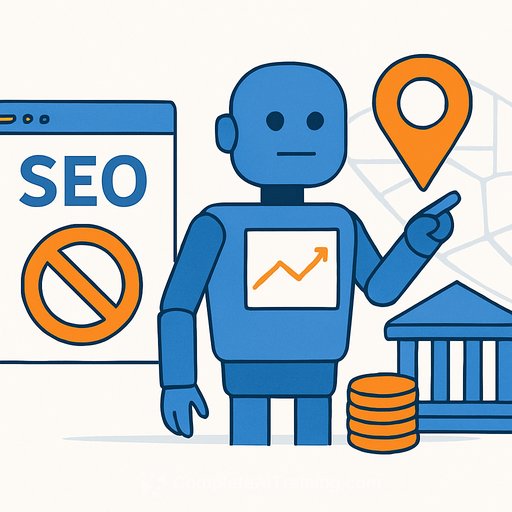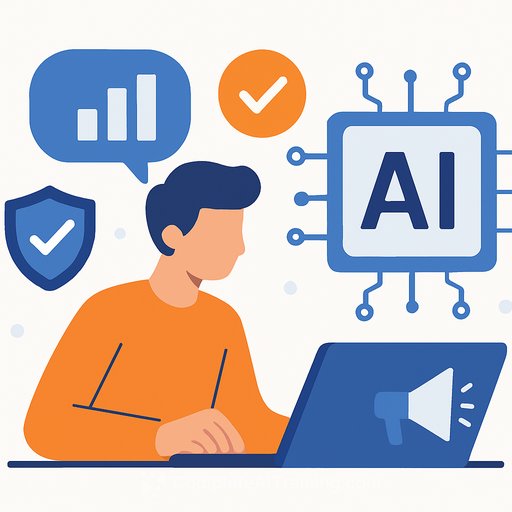Mondelez rolls out generative AI for video creative - aiming for 30%-50% lower costs
Mondelez has built a generative AI tool with Publicis Groupe and Accenture to produce marketing content faster and cheaper across its cookie and chocolate brands. The company expects 30%-50% reductions in production costs, with bigger savings as the tool handles more complex videos.
The goal: short TV spots ready for next year's holiday season, and potentially the 2027 Super Bowl. Mondelez has invested more than US$40 million to get there.
What the tool is making right now
The team is already using AI-generated assets for Chips Ahoy in the US and Milka in Germany. One Milka execution is an eight-second video: chocolate waves over a wafer, with dynamic backgrounds that shift based on audience targeting.
Animations that used to cost "hundreds of thousands" are now, as the exec put it, "orders of magnitude smaller." That opens the door to more variants, faster testing, and tighter creative-to-commerce loops.
Where it rolls out next
- Oreo: Product page content on Amazon and Walmart starting November (US)
- Lacta and Oreo (Brazil): Coming months
- Cadbury (UK): Coming months
Mondelez is keeping human likenesses out of its AI-made content for now, a lesson learned from the mixed reaction to AI people in other campaigns. Rivals including Kraft Heinz and Coca-Cola have been experimenting too, but synthetic faces have a way of missing real emotion.
Why this matters for marketers
Tariffs and tighter shopper budgets are pushing brands to trim agency fees and compress timelines. An in-houseable AI pipeline gives teams more shots on goal: more cuts, more formats, and faster turnarounds without ballooning budgets.
It's also a practical bridge between brand and retail media. Think social video that maps to PDP assets, then iterates based on click and conversion data-weekly, not quarterly.
Governance and guardrails
Human review remains non-negotiable. Mondelez says every output is checked to prevent mishaps.
Brand rules block content that promotes unhealthy eating habits, vaping, overconsumption, emotionally manipulative language, or offensive stereotypes. Keep those standards tight as volume ramps, or the savings will get eaten by clean-up and brand risk.
How to put this to work on your team
- Start where payoff is obvious: social cutdowns, PDP video, and lightweight animation loops.
- Stand up creative guardrails early. Define off-limits themes, claim substantiation, and age gating.
- Keep people in the loop: legal, brand, and a QA pass focused on tone, product accuracy, and cultural checks.
- Avoid synthetic humans until you have proof your audience accepts them. Use product, packaging, motion, and type-led concepts instead.
- Measure like a CFO: cost per asset, time to first draft, number of variants tested, and sales lift by placement.
- Pipeline thinking beats one-offs: brief templates in, versioning rules, automated renders out.
Key takeaways
- 30%-50% production savings are on the table if you standardize inputs and version at scale.
- Short-form video is the quickest win; TV-ready quality is within reach next year if you build the pipeline now.
- Guardrails and human checks are the difference between useful volume and brand damage.
Resources
- Publicis Groupe - agency partner behind the build
- Accenture - technology partner
- AI Certification for Marketing Specialists - structured upskilling for creative ops, prompts, and QA workflows
Your membership also unlocks:






